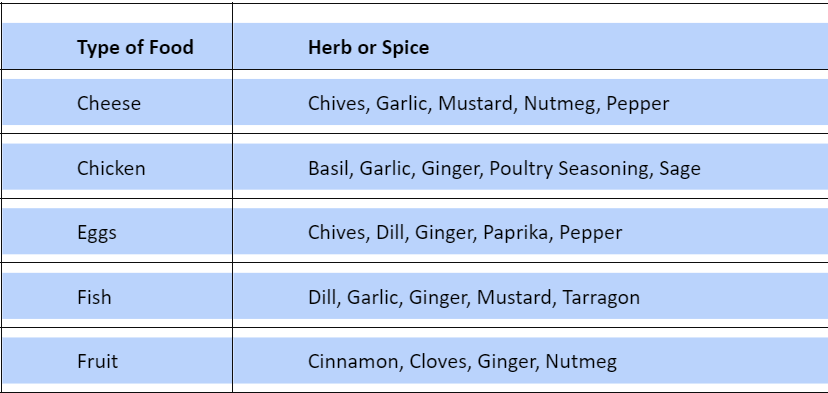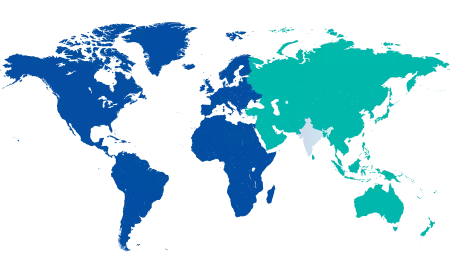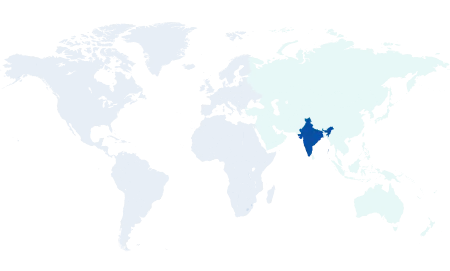
Kidney disease is a silent killer, with no symptoms or indicators appearing until late stages. If you have chronic renal disease, you should be cautious of your diet because your kidneys are unable to remove waste and liquid from your body as efficiently as they should. Mindful eating and a kidney-friendly diet can assist you stay healthy for longer. Learn about the best foods to consume for kidney health.
Synopsis
Why Is a Healthy Diet Important for Chronic Renal Disease?
All of us need to make good eating choices, but those who have chronic kidney disease (CKD) need to make these choices even more.
Good nutrition helps to:
- Perform your daily tasks
- Prevent infection
- Build muscle mass
- Help maintain a healthy weight
- Keep your kidney disease from getting worse.
Dietary Steps to Support Kidney Health
The following dietary tips will help you maintain healthy kidneys:
1. Select and cook foods that have less salt and sodium
- Less salt and sodium manage your blood pressure. Your diet should contain no more than 2,300 mg of salt daily.
- Cut down on foods that contain hidden sodium, such as salty meat, processed food, snacks, canned soups, salted sauces and sauces, as most of them contain high sodium.
- Look for salt on the Nutrition Facts label of food products. A daily value of 20% or higher indicates that the item is rich in salt.
- Before consuming canned products, rinse them with water.
- Have spices, herbs, and sodium-free seasonings instead of salt.
You can add the following spices and herbs to make your food taste good

2. Consume the appropriate amount and type of protein
Excessively high protein intake can strain kidneys with existing problems. You can get protein from animals and plants.
Some good sources of protein are-
Animal-protein foods:
- Chicken
- Fish
- Lean meat
- Eggs
- Dairy
Plant-protein foods:
- Beans
- Nuts
- Grains
3. Opt for heart-healthy foods
Heart-healthy foods prevent the accumulation of fat in your blood vessels, heart, and kidneys.
- You can choose cooking methods like grilling, broiling, baking, roasting, or stir-frying instead of deep frying.
- Use nonstick cooking spray or olive oil in place of butter.
- Limit intake of saturated and trans fats by reading food labels.
Some heart-healthy food choices include:
- Lean cuts of meat such as loin or round
- Skinless poultry
- Fish
- Legumes like beans
- Assorted vegetables and fruits
- Low-fat or fat-free dairy products like yoghurt, milk, and cheese
4. Less phosphorus-containing meals
Less phosphorus aids in keeping your blood vessels and bones safe. When you have CKD, phosphorus can accumulate in your blood. Your bones become thin, fragile, and more prone to breaking when there is an excess of phosphorus in your blood, which pulls calcium out of them. High levels of phosphorus can cause bone and joint pain and itchy skin.
- Packaged goods contain a lot of phosphorus. Check ingredient labels for terms that start with "PHOS" or for phosphorus.
- Some fresh meats and poultry can also have added phosphorus.
Foods Lower in Phosphorus
- Fresh fruits and vegetables
- Rice milk
- Corn and rice cereals
- Lemon-lime or homemade green tea
Foods Higher in Phosphorus
- Meat, poultry, fish
- Bran cereals and oatmeal
- Dairy foods
- Beans, lentils, nuts
5. Have the right amount of Potassium
Potassium supports healthy neuron and muscle function. Too high or too low blood potassium levels might cause issues. Potassium can accumulate in the blood due to damaged kidneys, which can lead to cardiac disorders. If necessary, you can reduce your potassium level by choosing particular foods and drinks.
Here are the foods high in potassium:
- Potatoes, tomatoes
- Oranges, bananas, and orange juice
- Brown rice
- Bran cereals
- Dairy foods
- Beans and nuts
Recommended Food Categories for your Diet
These are the recommended food categories you can add to your diet
|
Food Category |
Best Choice Of Foods |
|
Low-Sodium Options |
Apples, berries, grapes, peaches |
|
Fresh vegetables: carrots, cucumbers, zucchini |
|
|
Herbs and spices: basil, oregano, garlic powder |
|
|
Unsalted nuts and seeds: almonds, walnuts, sunflower seeds |
|
|
Low-sodium canned beans or legumes, kidney beans, chickpeas |
|
|
Plain rice and pasta: white rice, whole wheat pasta |
|
|
Protein Sources |
Skinless poultry: chicken breast, turkey |
|
Fish (salmon, trout, tuna): fresh or frozen |
|
|
Eggs: boiled, poached, scrambled |
|
|
Low-fat dairy products (milk, yoghurt, cheese): choose unsweetened options |
|
|
Plant-based proteins: lentils, tofu, edamame |
|
|
Heart-Healthy Choices |
Lean cuts of meat (trimmed fat): pork loin, sirloin steak |
|
Olive oil for cooking: use in moderation |
|
|
Whole grains: brown rice, quinoa, whole wheat bread |
|
|
Fresh fruits and vegetables (rich in antioxidants): spinach, kale, oranges |
|
|
Low-fat or fat-free milk and dairy products: limit intake if advised |
|
|
Low-Phosphorus Foods |
Applesauce, apple juice: unsweetened |
|
Berries: strawberries, blueberries, raspberries |
|
|
Cabbage, cauliflower, bell peppers: fresh or lightly cooked |
|
|
Rice milk (unenriched): check phosphorus content |
|
|
Cereals with lower phosphorus content: check labels |
|
|
Carrots, green beans, broccoli: cooked until tender |
|
|
Cooked rice, wheat cereals: limit portion sizes |
|
|
Fluids |
Water: stay hydrated as per recommendations |
|
Herbal teas (without added potassium): chamomile, peppermint |
|
|
Lemon-lime drinks: homemade with fresh lemon or lime |
|
|
Homemade green tea: brewed without added sugars |
|
|
Limited coffee and tea: consult with the healthcare provider |
People with renal disease must limit their consumption of phosphorus, sodium, and potassium. At times, people may also need to restrict their protein consumption. As nutritional demands and limits fluctuate during the disease, it is essential to consult with a doctor before making any dietary adjustments. They will assist you in developing a personalised diet.
FAQ's
Protein breakdown creates urea, a waste product that the kidneys filter. If kidneys are stressed, urea builds up, causing nausea and loss of appetite.
Some foods have potassium additives. These additives can contribute a significant amount of potassium to your diet. They are listed on the food label and are called potassium chloride, potassium sorbate, or potassium lactate. Many companies use potassium chloride when making sodium-reduced products. You must learn how to read labels.
No, following a healthy diet alone cannot eliminate the need for dialysis treatments if your kidneys have already failed. However, a healthy diet plays a crucial role in managing kidney disease and can significantly improve your quality of life.





















 5 Min Read
5 Min Read

















